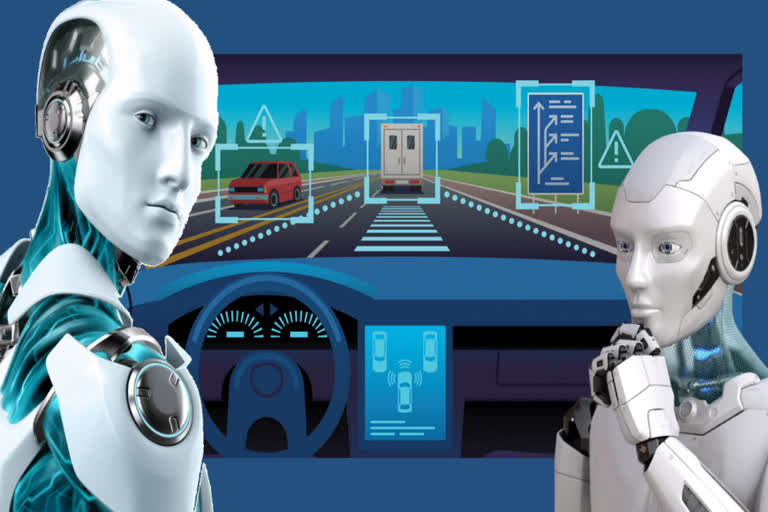Los Angeles, California: Making progress on the vision of Robots to do various tasks, USC researchers have designed a system that lets robots autonomously learn complicated tasks from a very small number of demonstrations and even imperfect ones. The paper, titled Learning from Demonstrations Using Signal Temporal Logic, was presented at the Conference on Robot Learning.
"Many machine learning and reinforcement learning systems require large amounts of data and hundreds of demonstrations--you need a human to demonstrate over and over again, which is not feasible," said lead author Aniruddh Puranic, a Ph.D. student in computer science at the USC Viterbi School of Engineering.
Also Read: How Artificial Intelligence Transforms Your Workplace
This new system helps robots to learn from demonstrations, the ways humans learn from each other. This further helps in controlling the movements of the robots even for complex tasks. However, depending on the expertise of the person who is demonstrating, the learning process of robots is determined in terms of safe or unsafe actions, desirable or undesirable actions. Learning from demonstrations is becoming increasingly popular in obtaining effective robot control policies
Let's say robots learn from different types of demonstrations -- it could be a hands-on demonstration, videos, or simulations -- if I do something that is very unsafe, standard approaches will do one of two things: either, they will completely disregard it, or even worse, the robot will learn the wrong thing.
Signal temporal logic is an expressive mathematical symbolic language that enables robotic reasoning about current and future outcomes. While previous research in this area has used "linear temporal logic", STL is preferable in this case, said Jyo Deshmukh, a former Toyota engineer and USC Viterbi assistant professor of computer science.
"When we go into the world of cyber-physical systems, like robots and self-driving cars, where time is crucial, linear temporal logic becomes a bit cumbersome, because it reasons about sequences of true/false values for variables, while STL allows reasoning about physical signals."
Also Read: Dark Side of Artificial Intelligence


